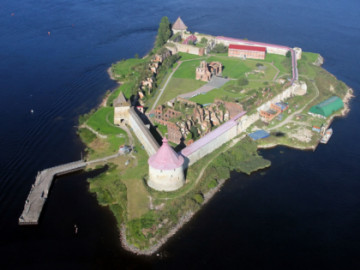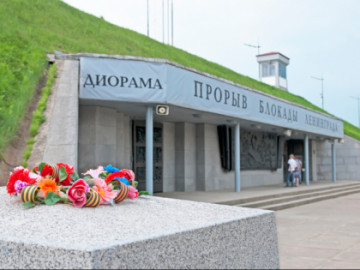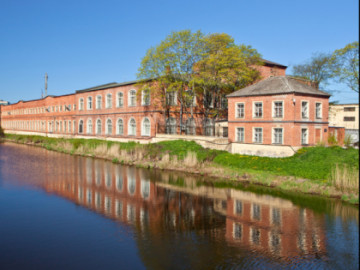In 1323, the Prince of Novgorod Yury Danilovich built a fortress named Oreshek at the Neva River head. The local places were rich in hazelnuts, hence the name of the fortress (‘Oreshek’ in Russian means ‘Hazelnut’). Over a period of several centuries it heroically repelled the attacks of the Swedes who sought to deprive the Russians of access to the north-western seas. This place has changed several names throughout its long history. From 1612 to 1702 the fortress was called Oreshek or Nöteborg, which in Swedish means a «Nut-town». Later, Peter the Great called it Shlisselburg («Key-fortress»), that is, a key to the new Russian capital of St. Petersburg.
In the early 18th century, the fortress was used as a political prison. It was a «Russian Bastille», to get into which meant a certain death. During the Great Patriotic War Shlisselburg was on the defensive lines again. The fascist troops failed to tighten up the blockade and conquer Leningrad only thanks to the soldiers of the fortress.
Today people visit Shlisselburg to wander through the ruins of the fortress, look at the old ships on the quay and fish, especially as fish has always been the main dish of locals. The source of the Neva and Ladoga Lake breed burbot, lamprey, roach, perch and smelt. Smelt was considered a nourisher-fish of St. Petersburg under construction. And now it is the favorite spring dainty of locals! A small shiny fish with cucumber odor has long become a hallmark of St. Petersburg gastronomy. However, few are aware that smelt is the most appetizing just in Shlisselburg, and it’s better taste it fried.
In mid-October Shlisselburg celebrates its birthday. On this day the transparent autumn sky of the town fills with balloons! In general, it is amazingly beautiful here both in autumn, in spring and in summer. There are good reasons why locals say that it’s simply impossible to leave this town of one’s own free will!
Get directions
It is very easy to get to Shlisselburg: there are regular buses and fixed-route taxis going from St. Petersburg metro stations «Ulitsa Dybenko» or «Rybatskoye», as well as suburban electric trains running from the Finlyandsky Station (metro station «Ploshchad Lenina») to the Petrokrepost station.
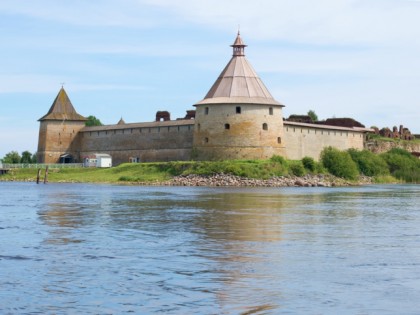
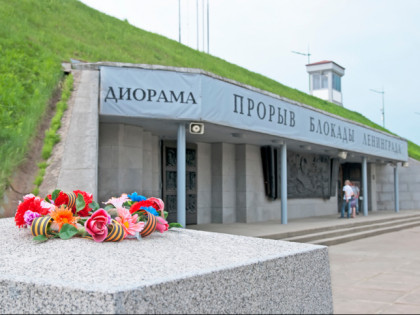
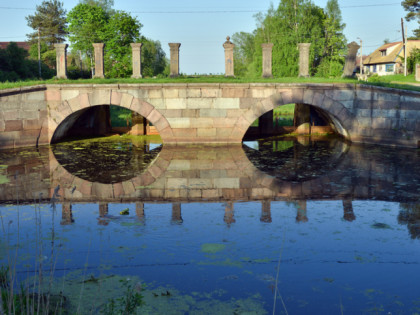

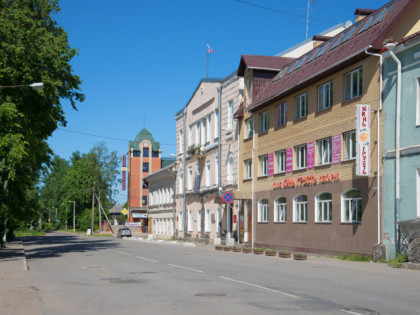
 Castles, Fortresses and Palaces
Castles, Fortresses and Palaces
 Museums and Exhibitions
Museums and Exhibitions
 Other places
Other places
 Architectural Monuments
Architectural Monuments

